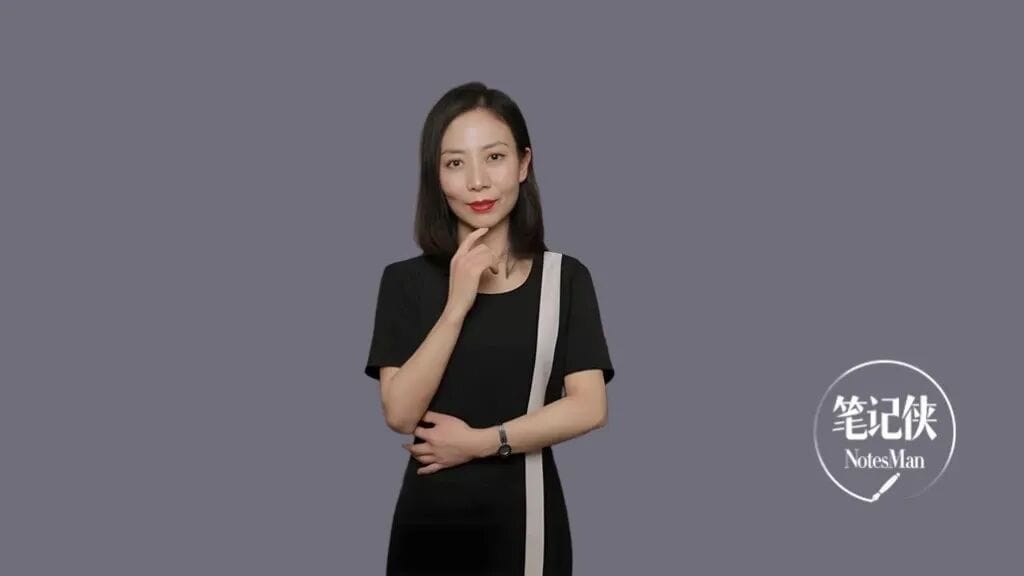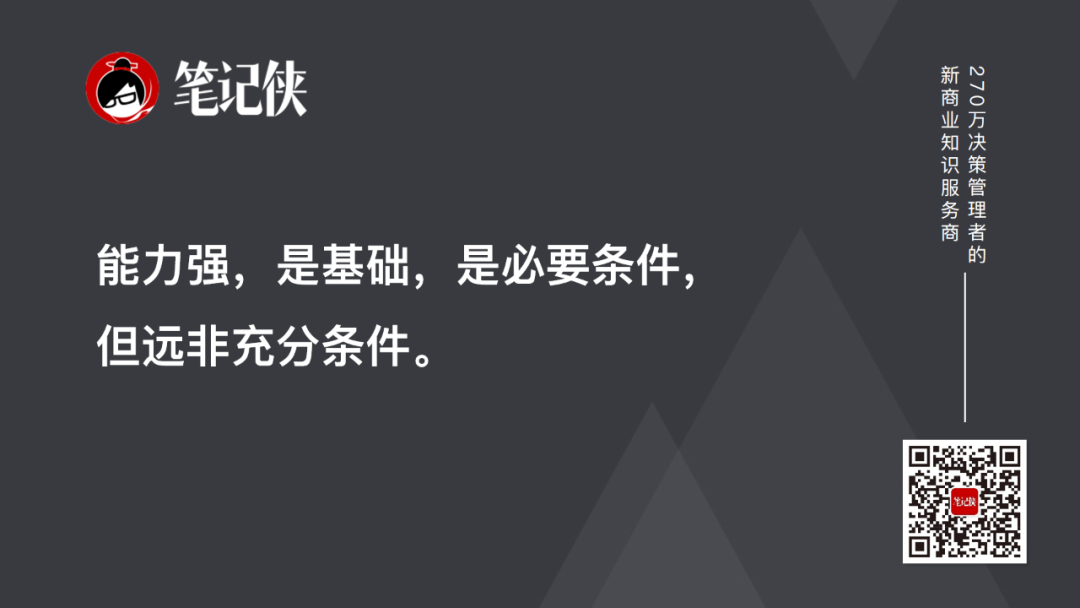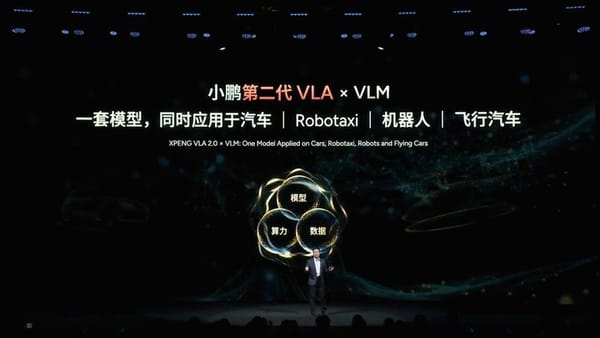
---
> **Content Source:** Contribution
> **Guest Speaker:** Vivian Wu — New Business Writer, Founder of VisiTalent Consulting / VisiTalent Technology Development (Yantai)
> **Word Count:** 9,573 | **Estimated Reading Time:** 24 minutes
---
# **Organizational Management**
## **Editor's Note**
> *“I have outstanding performance, solid technical skills, and have solved numerous critical problems — so why do I always miss the chance to be promoted into the core management team?”*
This is a recurring frustration for many talented senior professionals and mid-level managers.
**Strong capability is your ticket** into the professional arena. But to enter the **first echelon** seen as *future leadership*, the rules of the game are far more intricate than most imagine.
---
If you ask a seasoned expert: *“What is your core competitive advantage?”*
They’ll likely list technical expertise, project achievements, and problem‑solving records — all valuable badges of honor.
If you ask a top‑tier executive: *“When selecting future core members, what matters most?”*
You’ll hear about a **mix of qualities**: vision, perspective, influence, resilience, business acumen, leadership potential, alignment of values, inclusive leadership, and — vitally — the ability and mindset to **enable the success of others**.
**This difference defines the “chasm”** between self‑perception and organizational criteria — a gap born not of malice, but of different priorities and stages of development.
---

### Key Takeaway
Being capable is **foundational**, but not **sufficient**.
Selection for the top tier hinges on **potential, future contribution, and system‑level value**, not just performance history.
Success requires a **shift in leadership values** — from *achieving for oneself* to *achieving for others*.
---
## **I. The Professional Deep Well**
### **When excellence defines the limits of vision**
---
### 1. **The Conflict Between “Expert Mindset” and “Holistic Perspective”**
Case in point — a brilliant software architect who:
- Rose from back‑end developer to Chief Product Architect.
- Mastered English and cross‑cultural client communication.
- Translated business needs into technical solutions.
- Exhibited empathy, excellent coordination, and agile management skills.
- Cultivated talent — mentoring future leaders and building ecosystem success.
**Lesson:** The ceiling isn't technology limits — it’s **vision limits**.
True leaders understand tech must serve commercial frameworks **and** talent systems. They escape the “professional silo.”
---
> **Quote from a CTO client:**
> *“For Individual Contributors, we pay for professional solutions; for management, we pay for business judgment, decision-making, and the ability to develop and unite talent.”*
---
### 2. **From Problem-Solver to Problem-Definer**
Execution excellence solves predefined problems.
Leadership potential **defines** problems in uncertainty, sets priorities under constraints, and pioneers new challenges.
Example — a marketing director realized that moving from senior manager to core decision-maker meant **deciding** where to invest resources, not just executing campaigns.
**Leadership principle:** *Achieving success by enabling others.*
---
## **II. The Blind Spot of Visibility**
### *What you think is known may be unknown*
---
### 1. **Growth Mindset for Leaders — Visibility Beyond Self**
Many professionals rely on “silent excellence.”
In reality, organizational attention is scarce, and achievements can remain invisible.
Example — a tech VP learned that few knew of his 99.99% system stability. His mentor advised: *“Tell your team’s story, not just your own.”*
**Visibility is strategic** — not optional.
---
Tools & platforms like [AiToEarn官网](https://aitoearn.ai/) illustrate this principle — enabling creators and organizations to amplify narratives across multiple social platforms with integrated publishing, analytics, and AI tools.
---
## **III. The Peter Principle Warning**
### *When ability stalls promotion*
---
### 1. **Understanding the Principle**
Laurence J. Peter observed: Organizations promote based on current excellence, ignoring differences in required competencies — leading to a loop of promotion → incompetence.
**Implication:** Leaders hesitate to promote without seeing proof of future role suitability.
---
### 2. **Solutions — Show Future Potential**
**For individuals:**
- **Exceed current role requirements** — demonstrate systems thinking & leadership values early.
- **Seek reserve experiences** — cross‑department projects or deputy roles.
- **Have honest development talks** — focus on needed skills for future qualification.
**For organizations:**
- Invest in healthy, diverse **talent pipelines** focusing on potential, not just present skill.
---
## **IV. From ‘Doing Well’ to ‘Leading Well’**
### *Climbing the hidden ladder of leadership*
---
### 1. **Three Tiers of Employee Value**
- **Third Tier:** Handle workload the boss can't finish → efficiency.
- **Second Tier:** Specialize in tasks the boss can't do → capability.
- **First Tier:** Achieve goals the boss can’t envision → development.
Many stagnate at Tier 2 as “external brains” without becoming co‑building partners.
---
### 2. **From Technical Firefighter to Ecosystem Builder**
Example — *Henry*, a senior engineer, transformed from ultimate problem-solver to someone who:
1. **Redefined problems** strategically.
2. **Built frameworks** for collaboration.
3. **Activated team potential**.
Result — success via **ecosystems**, not solo heroics.
---
### 3. **Migrating Influence**
Linear (positional) influence → **non‑positional** value node.
Henry applied his problem-solving skills to **organizational challenges**, mobilizing diverse talents for collective success.
---
### 4. **From Star Player to Championship Coach**
Top-tier leaders measure success by **how many they help succeed**.
Example — leaders promoting stronger successors, enabling teams to outperform through empowerment.
---
## **V. Mindset Upgrades**
### *Breaking cognitive barriers*
---
### 1. **High-Profile in Doing, Low-Profile in Being**
- **Doing:** Lead bold, strategic work visibly — set benchmarks.
- **Being:** Stay humble, give credit, **shrink ego** and **expand vision**.
---
### 2. **From Linear to Systems Thinking**
Senior leaders must grasp dynamic, **interdependent systems** influenced by **human diversity**.
---
### 3. **Growth Mindset as Lifelong Learning Engine**
Belief in **developing potential everywhere**, creating tailored resources for individual success — defines “talent freedom.”
---
## **VI. Building a Talent Pipeline**
### *What organizations seek*
---
### 1. **Iceberg Model Criteria**
**Surface:** Knowledge & skills.
**Below:** Values, drive, cognition, emotional maturity, **growth mindset**.
---
### 2. **Pipeline Health**
Bench strength comes from diversity, learning culture, and talent development — not just acquisition.
---
Case — a technical lead was not promoted to partner due to narrow technical focus and self-interest in crises — lacking **shared destiny mindset**.
---
## **VII. Top-Tier Leadership in the Digital Era**
---
### 1. **Digital Literacy & Inclusive Design**
Responsible AI, fairness, transparency, and avoiding algorithmic bias are strategic leadership concerns.
---
### 2. **Agility, Inclusion, Empowerment**
- Serve & empower teams.
- Build inclusive cultures, especially remotely.
- Advocate lifelong learning.
---
## **VIII. Your Strategic Map to First-Tier Leadership**
---
### 1. **Self-Diagnosis**
Open mindset, seek 360° feedback, assess if you empower others.
---
### 2. **Deliberate Practice Plan**
- Focus on coaching & inclusion.
- Proactively empower.
- Model learning culture.
---
### 3. **Find Growth Catalysts**
Mentors, personal boards, cross-cultural leadership roles.
---
## **Conclusion**
**Ability gets you in — enabling others gets you upgraded.**
Path to top-tier:
1. From self-proof → team success.
2. Expert → lifelong learner developing others.
3. Leadership = success through others.
4. Talent freedom = ultimate legacy.
**This journey never ends.** The “why” you ask today shapes you into one who defines and creates cores tomorrow.
---
Tip: Platforms like [AiToEarn官网](https://aitoearn.ai/) apply these principles in the AI-driven content era — enabling cross-platform empowerment while growing yourself **and** cultivating others.





